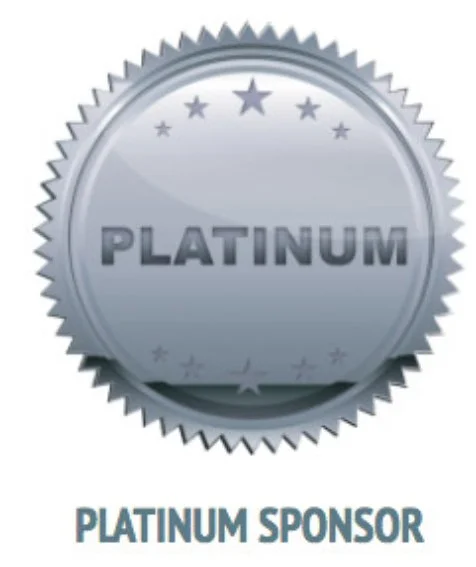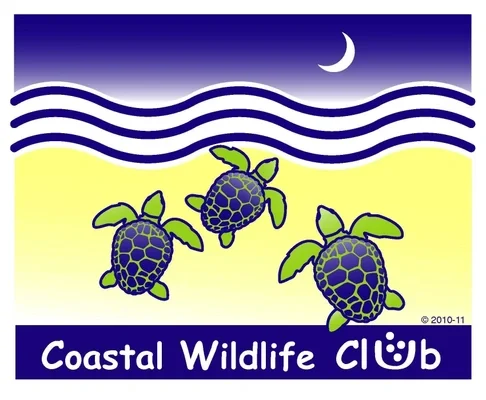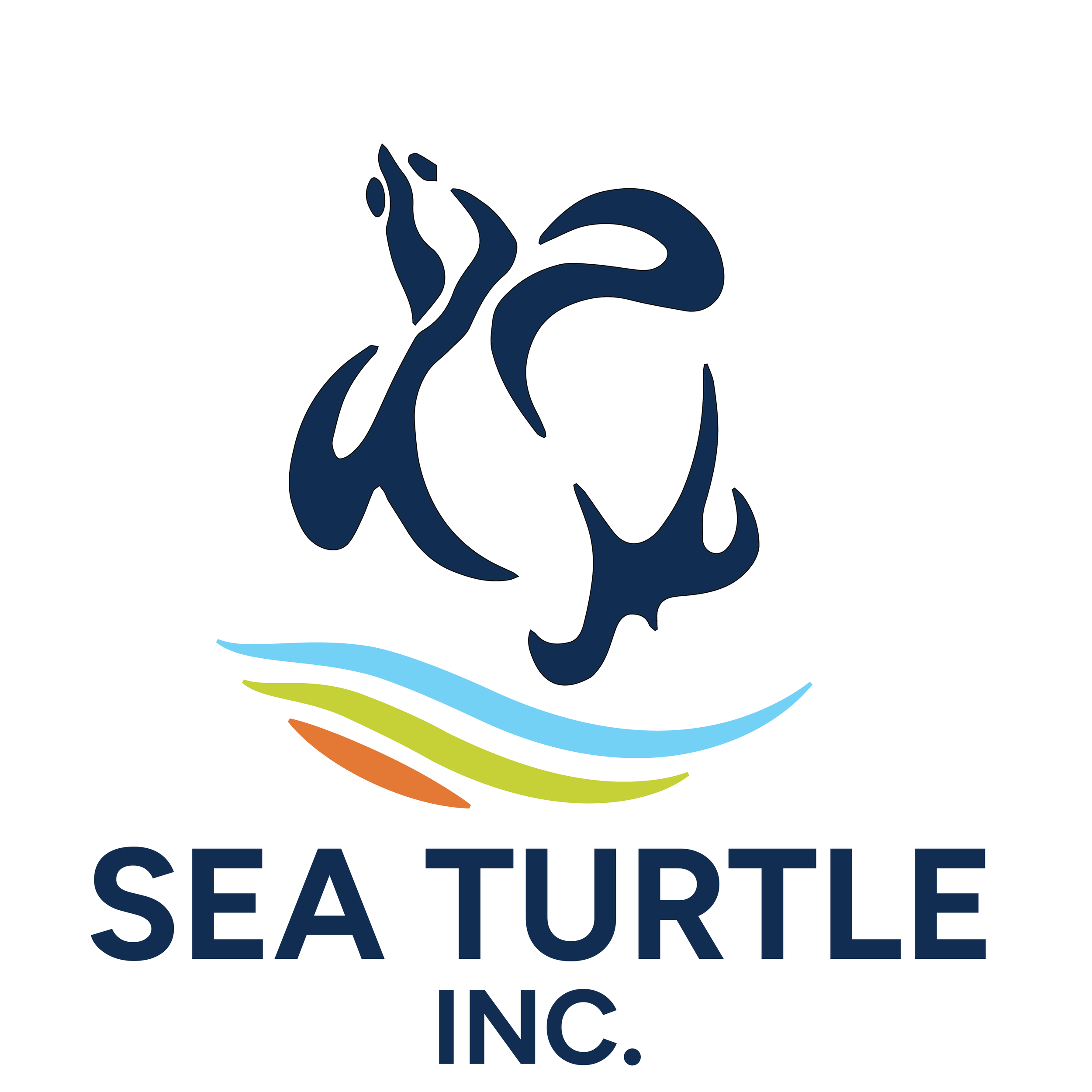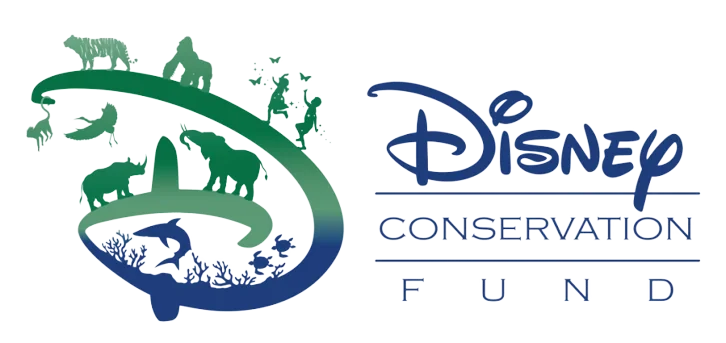
For the first time ever, the International Sea Turtle Society (ISTS) Symposium will be held in Hawaiʻi, taking place just south of the town of Kailua-Kona. Holding the 44th ISTS Symposium in Hawaiʻi is fitting given that no place on earth has a more recognizable connection to sea turtles, where these charismatic creatures (locally known as honu) have become a poster child for the islands. Honu are also highly revered in traditional Hawaiian culture.
Important Dates
Last day for Early Bird Registration, Abstracts, & Travel Grants: October 29th, 2025
Outcomes announced for Abstract and Travel Grants: December 2025
Due date for Video Night submissions: February 7th, 2026.
44th ISTS Symposium Begins: 28th February 2026
On behalf of the International Sea Turtle Society (ISTS), we extend a very warm welcome and invite to the 44th International Sea Turtle Society Symposium (44th ISTS Symposium), a global event that will be held for the first time ever in Hawaiʻi from February 28th to March 6th, 2026, near Kailua-Kona on Hawaiʻi Island.
Amazingly, the ISTS symposium has never been held in Polynesia and we are excited to highlight sea turtles and their cultural relevance in Hawaiʻi, across the Pacific Islands, and throughout Oceania. Holding the 44th ISTS Symposium in Hawai’i will be extra special due to its timing and location: the Pacific Islands Region is currently the epicenter of global attention and is experiencing unique sea turtle management challenges.
The theme for 44th ISTS Symposium is
“Kaiāulu”
“Kaiāulu” is a Hawaiian word that translates to “Community” (as well as “neighborhood” and “village”). The theme reflects the close-knit nature and camaraderie of people working with sea turtles, celebrating how we support one another to achieve common-sense management approaches and successes around the world.
The pronunciation of Kaiāulu in English is roughly "kai-ah-oo-loo": Kai sounds like "kite" without the "t", ā is a long "ah" sound, ulu is like "oo-loo". So, the full pronunciation is "kai-AH-oo-loo" with emphasis on the "AH" syllable.
Venue: Outrigger Kona Resort & Spa
This breathtaking Outrigger Kona Resort and Spa includes world-class accommodation and a state-of-the art conference hall. The venue is a perfect fit to host the 44th ISTS Symposium, large enough to host workshops and the primary conference, but not too large where participants donʻt get that one-on-one engagement and interaction that is key to our close-knit sea turtle Society.
About the Logo
The logo for the 44th ISTS Symposium, designed by the amazing author and illustrator Mollie Ginther, portrays various elements important to Hawaiʻi. It is common to see Hawaiian green turtles swimming in nearshore waters, thus this species is featured in the forefront of the logo. Hawaiian green turtles also emerge from the sea to bask (pictured in the bottom right) on many beaches around the state. Hawaiʻi is known as the rainbow state because of the rapid weather fluctuations between intense rains and sunny skies, which lead to abundant rainbows. The Hawaiian islands represent a volcanic archipelago, with one still currently active volcano (Kīlauea) located on Hawaiʻi Island, not too far from the symposium venue. The large hibiscus flowers pictured over the rainbow are common to Hawaiʻi and the yellow hibiscus is the state flower. The smaller flowers next to the hibiscus are from the plumeria tree and are used in the making of lei, a necklace common in Hawaiian culture that is used as a symbol of love, friendship, celebration, honor, and greeting. The limu pictured in the bottom left is a common seaweed found around the shores of Hawaiʻi that is a favorite of the honu, and is often harvested for consumption by humans as well. The traditional Hawaiian boats are outrigger canoes and Pacific Islanders developed extraordinary navigations skills using stars and the night sky that allowed them to traverse vast expanses of the Pacific Ocean.
Download logo here.
Our valued supporters
Lead Partner
Additional Event Partners




































